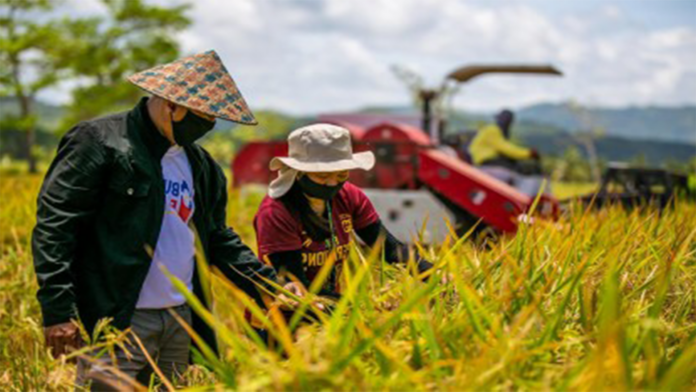The continuing implementation of a program to reduce rat infestation by the local government unit (LGU) of Cantilan, Surigao del Sur has gained recognition from the Department of Agriculture in Caraga (DA-13).
In a statement Wednesday, the DA-13 described the measure as an effective way of curbing rat infestation in the rice areas and at the same time providing an opportunity for the residents to earn extra income amidst the continuing effects of the coronavirus pandemic.
“Since 2016, the LGU Cantilan is implementing its Oplan Rat Blanketing scheme where farmers and residents are offered PHP7.50 per rat-tail they present,” the DA-13 said.
The program, the agency added, has been effective in containing rat infestation in the 1,800 hectares of rice fields in the town.
It has also benefited some 3,833 rice farmers in the town, the DA-13 said.
In the same statement, Cantilan Municipal Agriculturist Caesar Blanco said that the scheme is also considered a community rat campaign in the town since 2016.
The Cantilan municipal government allocated a PHP100,000 budget for this year’s continued implementation of the anti-rat infestation measure.
“Digging, flooding, and trapping are the common approaches for rat control in rice fields but these measures are not enough. Instead, actions should be coordinated through an effective, community-based management strategy,” Blanco said.
He added that this year, a total of 46 associations and cooperatives of rice farmers in Cantilan are actively participating in the campaign to curb rat infestation in the town.
Among the groups, the Tigabong Farmers Association (TFA) has so far garnered the most number of rat tails submitted to the LGU this year at 2,552, earning them an award of PHP19,140, Blanco said.
TFA president, Alberto Ortega said members of the association search their rice fields for rats usually at night time.
“Rats like to hide and burrow in weedy areas near major irrigation canals, so we know where to find them. The money we earn will be shared among members for our daily expenses,” Ortega said.
As of June this year, a total of 7,430 rat tails were already surrendered to the Municipal Agriculture Office of Cantilan with an equivalent payment of PHP55,725.
The Regional Integrated Pest Management Office (RIPMO) of DA-13, in the same statement Wednesday said that among the factors that prevent an increase in rice production are pest and diseases infestation.
Francis Louie Parena, the coordinator of RIPMO in DA-13 said rats are one of the major pests that destroy rice production.
“The solution must be holistic. If we put effort to increase palay yield, we must likewise put effort to prevent the rats from decreasing the yield,” Parina said.
He also cited a study by the International Rice Research Institute that showed farmers lose an estimated average of 5-10% of their rice crop associated with rat damage every year.
“Synchronous planting, improved sanitation, and community action are the practices that farmers should adopt. These recommended management practices will reform farmers to become proactive rather than reactive,” Parena said.
The DA-13 also emphasized that the agency continues to strengthen its crop protection services in Caraga Region.
“These services include the delivery of more efficient and sustainable management technologies, as well as the enhancement of farmers’ decision-making capacity in managing the emerging or recurring plant pests and diseases in the region,” the DA-13 said.


